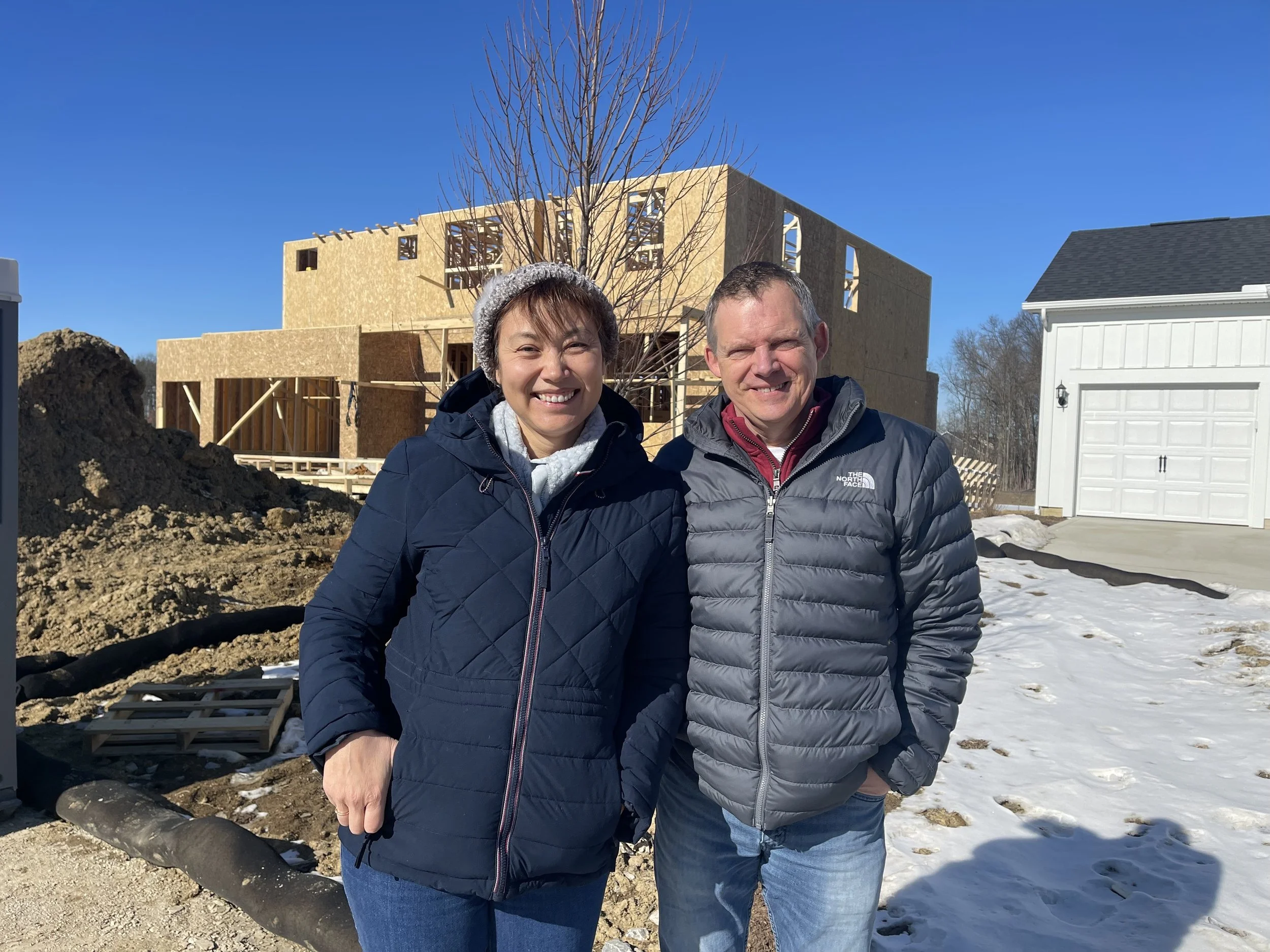Mortgage Rates and Housing Market: First Quarter Thoughts
On January 20, 2025, President Trump returned to office, sparking plenty of speculation about how his administration might shape the housing and mortgage markets. Mortgage rates saw a decline following former President Trump's executive orders, signaling potential shifts in the housing market. While it’s early, there are already a few key trends and expectations worth noting.
Mortgage Rates and Market Signals
Here we are in early 2025: Mortgage rates are hovering around 6-7%. While they’re higher than the historic lows of the pandemic era, they’re also not climbing into intimidating territory. For comparison, rates under 3% during the pandemic were an anomaly that fueled an intense buying spree. Today’s market feels more balanced, with demand tempered by affordability concerns.
The mortgage market has reacted positively to the change in administration. Today’s rates could be the best we’ve seen since Christmas, with the average 30-year fixed mortgage rate likely dipping below 7%.
Favorable inflation data has contributed to this improvement. December's Consumer Price Index (CPI) rose by 0.4%, but the Core CPI (excluding food and energy) rose by just 0.2%, sparking optimism and a bond market rally. Wholesale inflation, as measured by the Producer Price Index (PPI), also came in below expectations, further boosting market sentiment.
Another factor driving this optimism is the 10-year bond breaking through key resistance levels. Once past these barriers, bonds have room to improve further, which often correlates with lower mortgage rates. If upcoming reports on jobless claims and bond auctions meet expectations, we could see further downward adjustments in rates.
Housing Supply Challenges
.Low inventory is still an issue, but we can help you secure your home.
On the supply side, the story is more complex. December saw a 15.8% increase in new home construction, largely driven by a staggering 62% surge in multifamily projects. Single-family home starts also grew modestly. However, building permits—a key indicator of future construction—declined by 0.7%, hinting at potential hurdles ahead.
The demand-supply imbalance remains significant. Household formations are occurring at an annualized rate of 1.9 million, while housing starts are only at 1.5 million. This gap puts ongoing pressure on home prices, particularly in regions like Shasta County where inventory remains tight.
Stricter immigration policies, often a feature of pro-business agendas, could exacerbate these issues by impacting the labor force in construction. Delays in projects and increased labor costs could slow progress in addressing the housing shortage, keeping upward pressure on prices.
What Buyers Need to Know
We help educate our clients for making the best possible decisions.
Affordability remains a key concern for buyers. Higher rates mean larger monthly payments, but the recent stabilization in rates offers a chance for buyers to plan with more confidence. If the administration’s economic policies successfully stimulate job growth, it could bolster financial confidence among buyers.
The best advice for buyers? Be prepared. Get pre-approved, establish a clear budget, and work with a knowledgeable agent who understands market trends and local nuances. In a cautious market, preparation and strategy are your strongest tools.
Sellers: Smart Moves Make the Difference
A well-maintained and updated home sells the best.
For sellers, the market is still favorable if approached strategically. Buyers are more selective, so the details matter—well-maintained properties, competitive pricing, and strong presentation are essential. Overpricing can quickly deter interest, especially as affordability constraints remain top of mind for buyers.
Looking Ahead
Make a plan and stick to it, we can help you make that plan!
Homebuilder confidence has ticked upward, reaching its highest level since April, but it remains below the breakeven point of 50. Builders are cautiously optimistic about potential regulatory improvements but remain wary of elevated costs and interest rates. As the gap between household formations and housing starts persists, home values are likely to remain supported.
Analysts anticipate steady growth in home sales throughout 2025. Mortgage rates are expected to remain relatively stable, with minor fluctuations. The key takeaway for both buyers and sellers? Stay informed and flexible—success in this market depends on understanding the evolving landscape.
Let’s Talk Real Estate
We can make a difference for your home sale or purchase, we are here to help you reach your real estate goals.
The housing and mortgage markets are dynamic and shaped by shifting policies and economic factors. Whether you’re buying or selling, having a trusted advisor can make all the difference. Reach out anytime to discuss your goals so we can navigate this market with confidence.






